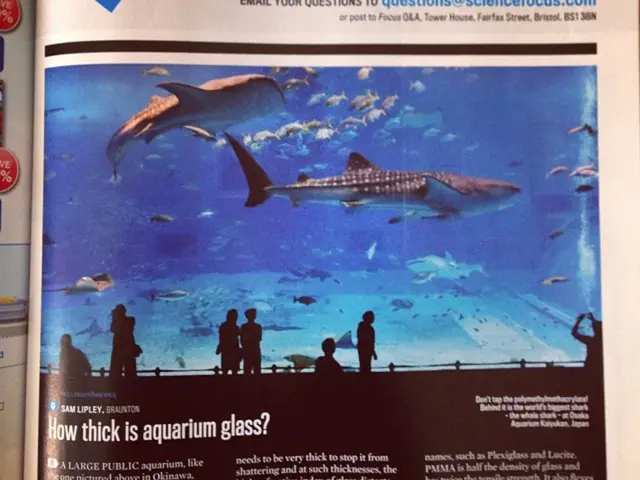Jupiter's Tormented Moon: Researchers Discover Puzzling Origin of Io's Vigorous Volcanic Outbursts
In 1979, NASA Jet Propulsion Laboratory (JPL) scientist Linda Morabito uncovered volcanic activity on Jupiter's innermost moon, Io. Interestingly, Io isn't just volcanically active; it's the most volatile moon in the entire solar system, and scientists now have a better understanding of its subsurface lava sources.
Scientists have concluded that Io's approximately 400 active volcanoes are most likely sustained by individual chambers of hot magma, rather than a single massive underground magma ocean shared by all. This discovery, published in Nature on December 12, 2019, resolution a decades-old puzzle. It has also led scientists to reconsider their understanding of Io, as well as other celestial bodies.
Io is roughly the same size as Earth's Moon and is characterized by seemingly endless volcanic activity. Galileo Galilei first spotted Io in 1610, and in 2011, NASA launched its Juno mission – 401 years later. Since 2016, Juno has been exploring the Jovian system, sending back stunning images and providing surprising revelations about our solar system's largest planet.
"Since Morabito's discovery, planetary scientists have been curious about how Io's volcanoes are fed by the magma beneath the surface," said Scott Bolton, the Juno principal investigator from the Southwest Research Institute in San Antonio, who participated in the study. "Is there a shallow ocean of white-hot magma fueling the volcanoes, or is their source more localized? Data from Juno's close flybys could provide some insights into Io's inner workings."
In December 2023 and February 2024, Juno carried out two close flybys of Io, approaching as close as 930 miles (1,500 kilometers) to the moon's volcano-dotted surface. During these maneuvers, Juno collected data to infer Io's gravity based on its impact on the spacecraft's acceleration, which provided valuable information about Io's "tidal flexing."
Tidal flexing occurs when a celestial body is stretched and deformed by the gravitational pull of another nearby body. The resulting friction generates heat, and the phenomenon is also known as tidal heating. Io, for instance, follows an elliptical orbit around Jupiter, which constantly squeezes the moon due to varying distances from Jupiter and consequent shifts in Jupiter's gravitational pull, causing extreme tidal flexing.
"This constant flexing creates immense energy, which literally melts portions of Io's interior," said Bolton. "If Io has a global magma ocean, the signature of its tidal deformation would be much larger than a more rigid, mostly solid interior. Depending on the results from Juno's investigation of Io's gravity field, we would be able to determine if a global magma ocean lies hidden beneath its surface." In other words, the greater the tidal deformation, the more likely Io's volcanoes are fueled by a more substantial magma source, like an ocean, rather than individual magma chambers.
Upon examining Juno's data on Earth, researchers discovered that Io's tidal flexing points to the presence of individual magma chambers rather than a single massive magma ocean.
"Juno's finding that tidal forces do not always create global magma oceans prompts us to rethink what we know about Io's interior," said Ryan Park, a Juno co-investigator from JPL who co-led the study. "It also has implications for our understanding of other moons, such as Enceladus and Europa, and even exoplanets and super-Earths. Our new findings offer an opportunity to reconsider what we know about planetary formation and evolution."
Stay tuned for more groundbreaking discoveries as Juno continues its exploration of the Jovian system during its next close flyby of Jupiter on December 27.
The discovery of individual magma chambers feeding Io's volcanoes has sparked interest in the role of such sources in the volcanic activity of other celestial bodies, like Enceladus and Europa. Advances in space technology and future missions will undoubtedly shed more light on the future of space science and our understanding of planetary formation and evolution.
The findings from Juno's investigation of Io's gravity field have challenged traditional beliefs about the existence of global magma oceans in celestial bodies, with implications for our understanding of future space missions and the potential for life beyond Earth.








